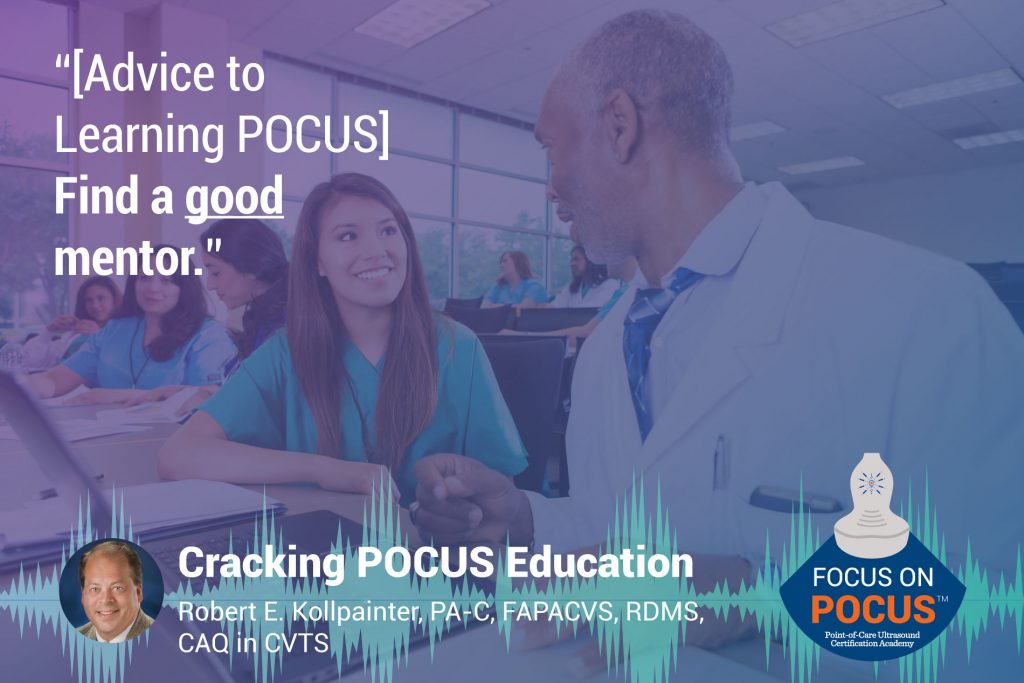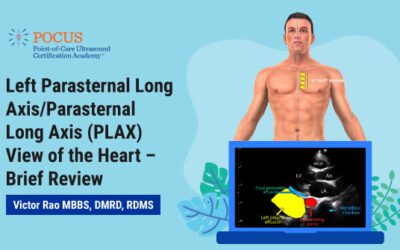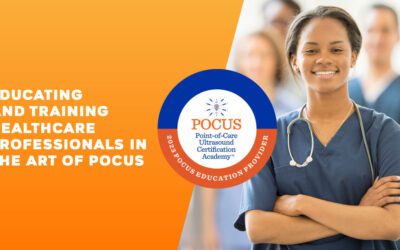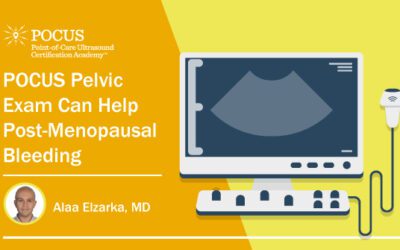10/29/18
 A Cardiovascular Physician Assistant since 1997, the focus of Kollpainter’s career has been on endoscopic vessel harvest and post-operative patient care. Since its inception, Kollpainter has been involved with all aspects of endoscopic vessel harvest. He has been named a Diamond level harvester by Guidant, having one of the largest known harvesting experiences. He has been a contributor at the corporate level as a Clinical and Teaching Consultant as well as being an Advisory Board Member since 2002. Kollpainter most notably contribution is that of the Maquet HEMOPRO cut-and-seal technology. It has been his honor to have been one of the handful of CVPA’s to teach endoscopic harvest techniques extensively throughout the United States, Europe, and India. Kollpainter has been involved with bedside ultrasound since 2005, receiving credentials as a Diagnostic Medical Sonographer in 2008.
A Cardiovascular Physician Assistant since 1997, the focus of Kollpainter’s career has been on endoscopic vessel harvest and post-operative patient care. Since its inception, Kollpainter has been involved with all aspects of endoscopic vessel harvest. He has been named a Diamond level harvester by Guidant, having one of the largest known harvesting experiences. He has been a contributor at the corporate level as a Clinical and Teaching Consultant as well as being an Advisory Board Member since 2002. Kollpainter most notably contribution is that of the Maquet HEMOPRO cut-and-seal technology. It has been his honor to have been one of the handful of CVPA’s to teach endoscopic harvest techniques extensively throughout the United States, Europe, and India. Kollpainter has been involved with bedside ultrasound since 2005, receiving credentials as a Diagnostic Medical Sonographer in 2008.
Looking for additional inspiration? Sign up for our POCUS Post™ newsletter to receive monthly tips and ideas.
Transcription:
James: Hello and welcome to the Point of Care Ultrasound Certification Academy podcast where we focus on POCUS. Here, we will discuss all things related to point of care ultrasound, the practice, the trends and its impact on health care. Our program will engage thought leaders who are defining global patient care with the stethoscope of the future.
James: James Day here today recording live from the Focus on POCUS studio. Today, we have Robert Kollpainter as our guest. Robert is a cardiovascular physician assistant since 1997. The focus of his career has been endoscopic vessel harvest in post-operative patient care. Since its inception, he has been involved with all aspects of endoscopic vessel harvest. He has been named a Diamond Level Harvester by Guidant. He has been a contributor to at the corporate level as a clinical and teaching consultant, as well as being an advisory board member since 2002. His most notable contribution is that of the McKay Hemi pro cut and seal technology. It has been his honor to have been one of the handful of CVPAs to extensively teach endoscopic harvest techniques exclusively throughout the United States, Europe, and India. Robert has been involved with bedside ultrasound since 2005, receiving credentials as a diagnostic medical sonographer in 2008. Hi, Robert. How are you today?
Robert: I’m very well, thank you.
James: So you’re coming to us from what part of the country?
Robert: Wausau, Wisconsin. Right in the middle of Wisconsin.
James: Nice. That’s pretty area up there.
Robert: Yes, it is.
James: So I guess the first pitch question, we’re going to do four questions here. What do you think are the key challenges of using a point of care ultrasound today?
Robert: From my perspective, I think there are three challenges, perspective is one of them. As providers, we’re taught how to use physical exams and how to rely on a stethoscope to evaluate and treat patients. The standard has been to outsource imaging to providers that really don’t know the patient’s clinical picture to assist us with diagnosis. Ultrasound is changing the way we do medicine. I really feel that changing the perspective of providers means changing away from what we’re comfortable with, which I find to be the real challenge.
Robert: The second point is education. The current model of teaching I think falls short of what’s needed, especially outside of the arena of emergency medicine. What I see happening now is if you want to learn point of care ultrasound, the first thing you do is you go to a course, but that inherently has its own problems as I watch this happen. The first … Most people, leave the course not understanding physics. They may understand how to do the basics, gain depth and orientation, but they really don’t understand some of the things that are important, especially in the world of lung ultrasound, which is dependent on image artifact, and the physics behind it.
James: Right, yeah.
Robert: You go to a course, you have textbook models that have beautiful windows and you can see everything. They’re not the patients that are on our servers that have a BMI of 35 to 50. The other thing about this models is they really offer no pathology. And most courses that I’ve been to, and I’ve been to more than I care to admit, don’t really get much into pathology. And I think there’s very much a difference in seeing pathology that’s put on a screen, whether it’s a picture or a video clip, and actually scanning it or going through the motions. Because I think there’s an obvious relationship between what goes on in my head and the transducer to the screen, there’s a lot of value in being able to scan and see and learn off of that.
Robert: I don’t think we do a good job of teaching protocol-based point of care ultrasound. I think most of the courses that are out there, teach specific system. You do echo, you do lung, you do renal, but not protocol based where you’re taking several systems, heart and lung, to really evaluate a patient’s fluid status, things like that.
James: So doing like a rush exam or a CLUE exam would be integrating all those systems. Yeah, that’s very true.
Robert: Absolutely. And I think that probably the biggest point is when people go to these courses and they get their little certificate of completion and they go home, they don’t have a mentor to critique and teach them, which I find is a big problem for most people.
James: Yeah, no, I agree with that. I like what you’re saying.
Robert: Sure. And the third point is advancing your own practice, and specifically in the area of echocardiography. The standard that is set right now by the American Society of Echocardiography and the American College of Chest Physicians is that it’s within the scope of every clinician to evaluate three things, LV function, RV size, and pericardial effusion. But what do you do if you want to do more? How do you get credentialed? How do you prove competence? And there are, right now, no opportunities for APPs to advance their credentials. The National Board of Echocardiography is now offering a certification in critical care echocardiography. But that’s only for physicians and not APPs. I suppose I can go to ARDMS and get my echo boards complete. But to me that’s not point of care ultrasound.
James: No. And I can speak as a cardiac sonographer that most cardiac sonographers are embedded in a cardiovascular practice and they do long, extensive measurements, strain, nothing like sort of an extension of the physical exam, like a POCUS exam. That’s true, that’s very true.
Robert: Probably the best example is, I mean, echo techs and cardiologists, look at ejection fraction. People in critical care, would rather see stroke volume.
James: Right. Yes, yes. I wondered if you might have on hand, or you can run through your memory banks there and maybe share a story of a time when you used POCUS, point of care ultrasound, to make a difference in your patient care?
Robert: Oh absolutely. We do a lot of procedural type things, and before every chest tube I have learned to absolutely utilize ultrasound. I got called for an emergency to the medical ICU to put in a chest tube on somebody who was found in a field in acute respiratory failure. They get a chest x-ray, which was then interpreted to be a complete left pleural effusion. So they wanted a chest tube be put in. So I ran over there with the ultrasound machine and to identify specifically where the spleen was. I dropped the transducer on him, and thankfully I did, because I didn’t have time to evaluate the patient chart. Well, the patient had leukemia and had a spleen that went into all the way up to his clavicle.
James: Wow.
Robert: If I would have done it the traditional way and went into the chest with the Kelly Forceps and I would have spread the spleen open and I would have been responsible for killing him.
James: Yeah. Wow. That’s good.
Robert: And that’s not an isolated event in cardiac surgery. We see paralyzed hemidiaphragms that are misread as pleural effusions by chest x-ray and we just don’t do procedures unless they’re absolutely dire, in the middle of a code, without ultrasound. It’s our standard of care because of these situations.
James: Yeah. Wow. That’s incredible. Yeah. More and more you see that, especially in emergency type situations. So when you think about others that are sort of considering learning more about point of care ultrasound, do you have any advice for them?
Robert: Yeah. Find a good mentor. Your learning will be accelerated and, I believe, much more complete to have somebody to turn your hand a certain way, somebody to talk to and bounce questions off of is going to be absolutely invaluable. I can take a student and teach them or have them go and learn it. It’ll be a couple of years of self teaching before they’re to the point where I would consider them competent or my ego tells me that I’m a good mentor. But I can take somebody and in six to eight weeks have them to the point where they can do this stuff on their own to a level where I’m comfortable and I consider myself pretty particular. The other thing is just do it. Practice, practice, practice. Every time you think about a radiology exam, drop the transducer down before or after, see what you see, compare it to the radiologic exam, whether it’s a CT or x-ray. It’s a great way to help you learn.
James: Yes. I find that people just think that it’s pretty much you drop the transducer and you’re going to see a brilliant picture. Well, there’s a lot of manipulating the patient and rolling and sort of scanning off axis. You’re absolutely right. So final question for the day is how can a point of care ultrasound be used in your area of specialty? So I know what you’re involved. You’re a physician assistant that’s involved with the cardiovascular. It’s a lot of surgery, is that correct?
Robert: Right. Our job in this particular practice is first assisting, but most of my job comes around vessel harvesting and taking care of the patients postoperatively. So we spend a lot of time in the ICUs. We do an enormous amount of lung ultrasound, both in the clinic and out on the floor, finding pleural effusion or pneumothorax, to try and determine whether patients is wet or dry because that is the number one argument in cardiac surgery because everybody’s dry intravascularly but fluid overloaded with their whole body. That’s what their picture looks like.
Robert: With lung ultrasound, we’ve obviated 80% of the chest x-rays that are done in the clinic because from our experience, we found is that even if you get an x-ray that shows something, much like my story about the spleen, what’s there may not be there and we’re delineating things better by using ultrasound. We do a fair amount of echo, basic echo, looking for pericardial effusions and patients who are hypotensive, doing LV function, stroke volumes, simple things like that. We do a lot of procedures, obviously chest tubes and thoracentesis. We run a line team for our ICUs. We do probably four to five lines a day, whether it’s anything from PICC lines to hemodialysis catheters, then we don’t have complications in the operating room.
James: That’s great.
Robert: In the operating room, we’re called in a couple times a week during valves to put in arterial or venous lines in the middle of an operation. And you have to remember that when you’re putting femoral lines in a patient who’s undergoing cardiac surgery, they’re completely anti-coagulated. So the risk of a complication is real when you’re doing a blind technique. We use it every time and It’s just flawless. The surgeons won’t even attempt a line without us being there to put it in.
James: Wow, man, Robert, that’s incredibly all great stuff, man. We’re coming to the end of our podcast, the great Robert Kollpainter, cardiovascular physician assistant, point of care user. I thank you for your time and thanks for being on the Focus on POCUS podcast.
Robert: Thank you so much. It was an honor.
James: Well, thank you very much.
Robert: All right. Be well.
James: We hope you enjoyed today’s podcast, Focus on POCUS. Be sure to tune in with us next week for more interviews with thought leaders that are on the forefront of global point of care ultrasound.
Speaker 3: The thoughts and opinions expressed in this podcast are the views and opinions of the guests and not those of Inteleos. This podcast is for information purposes only.
























